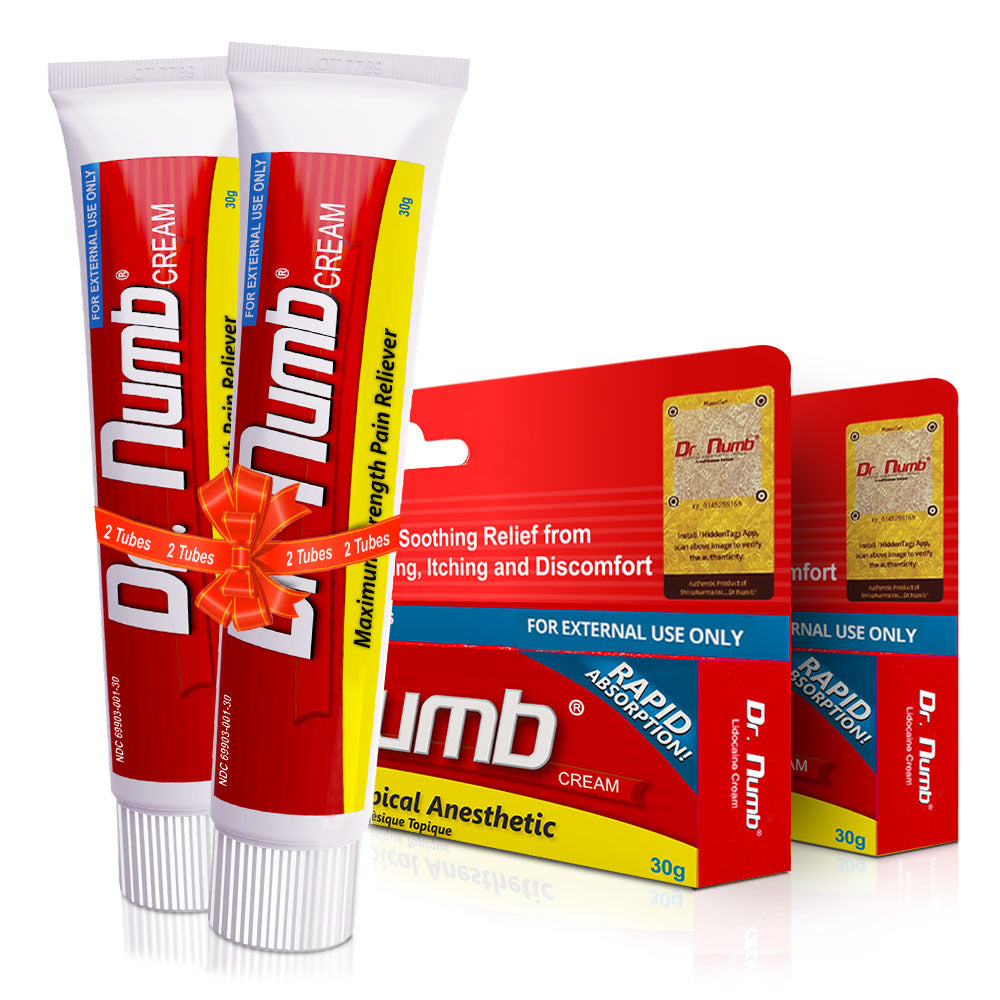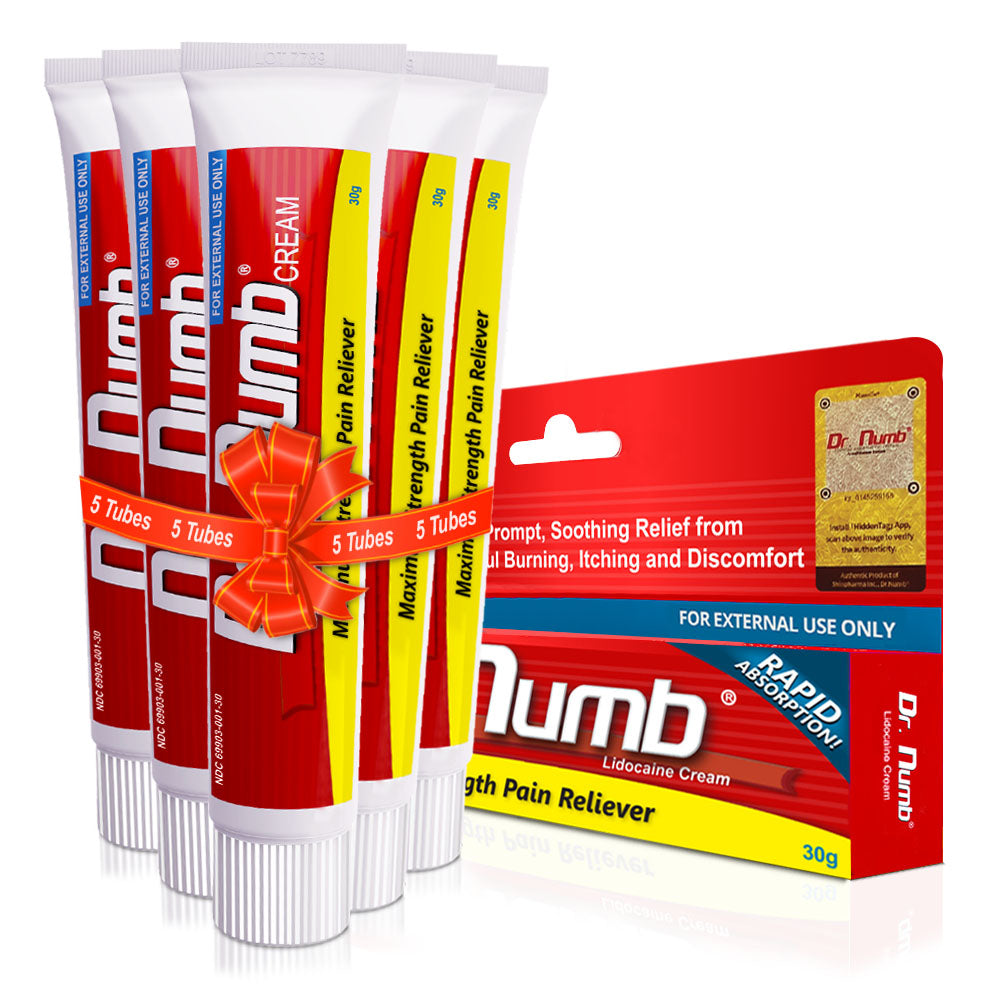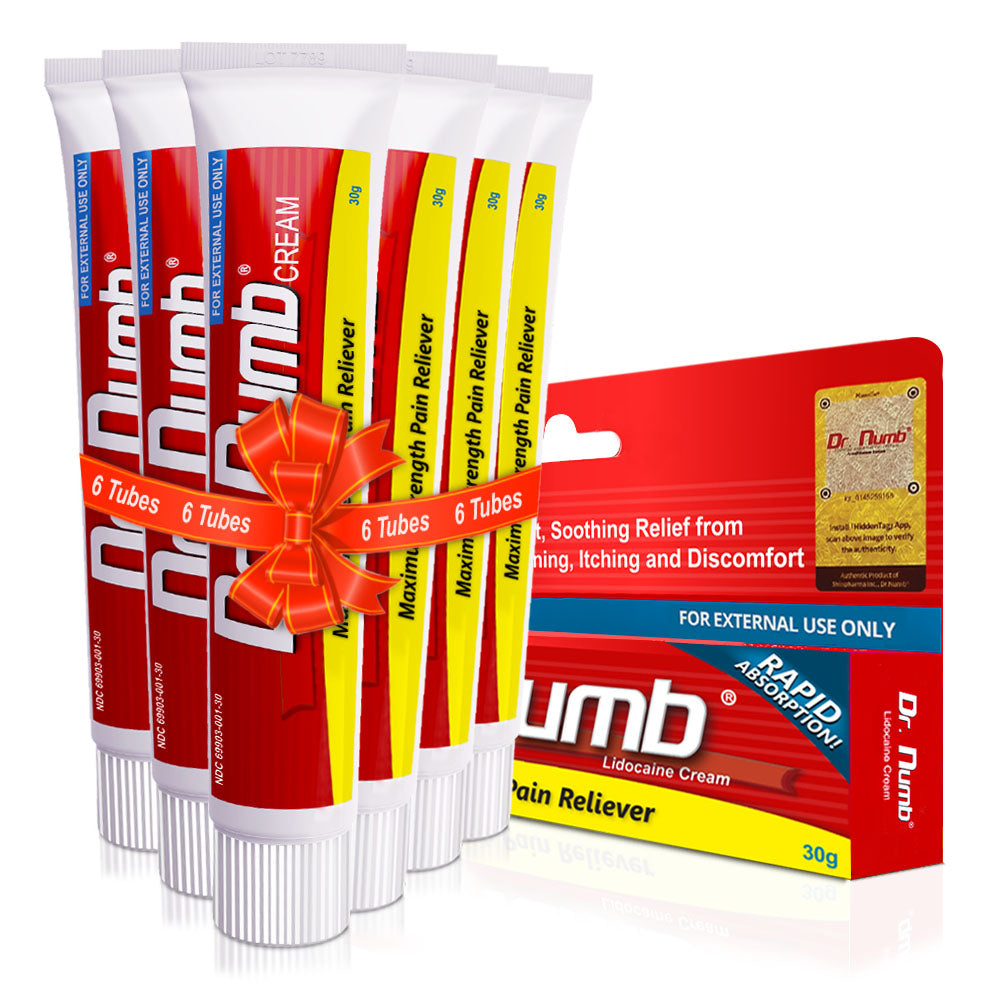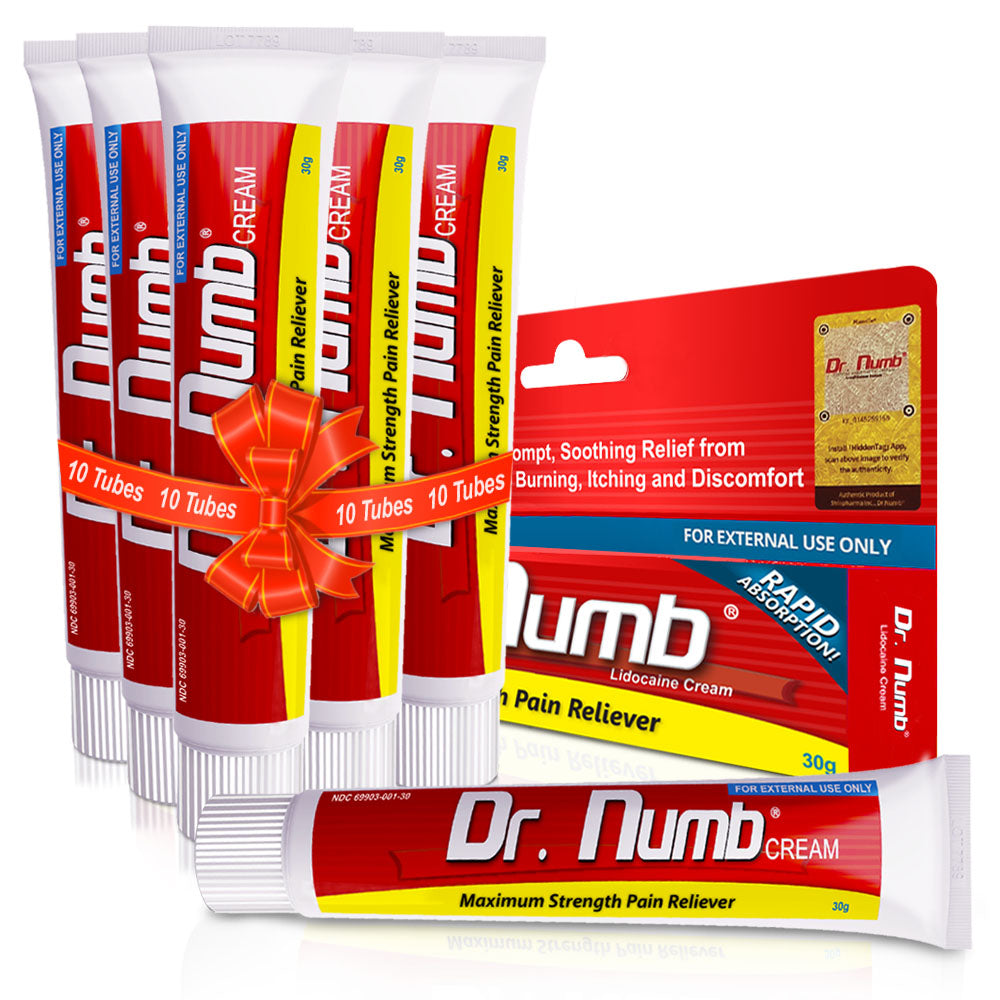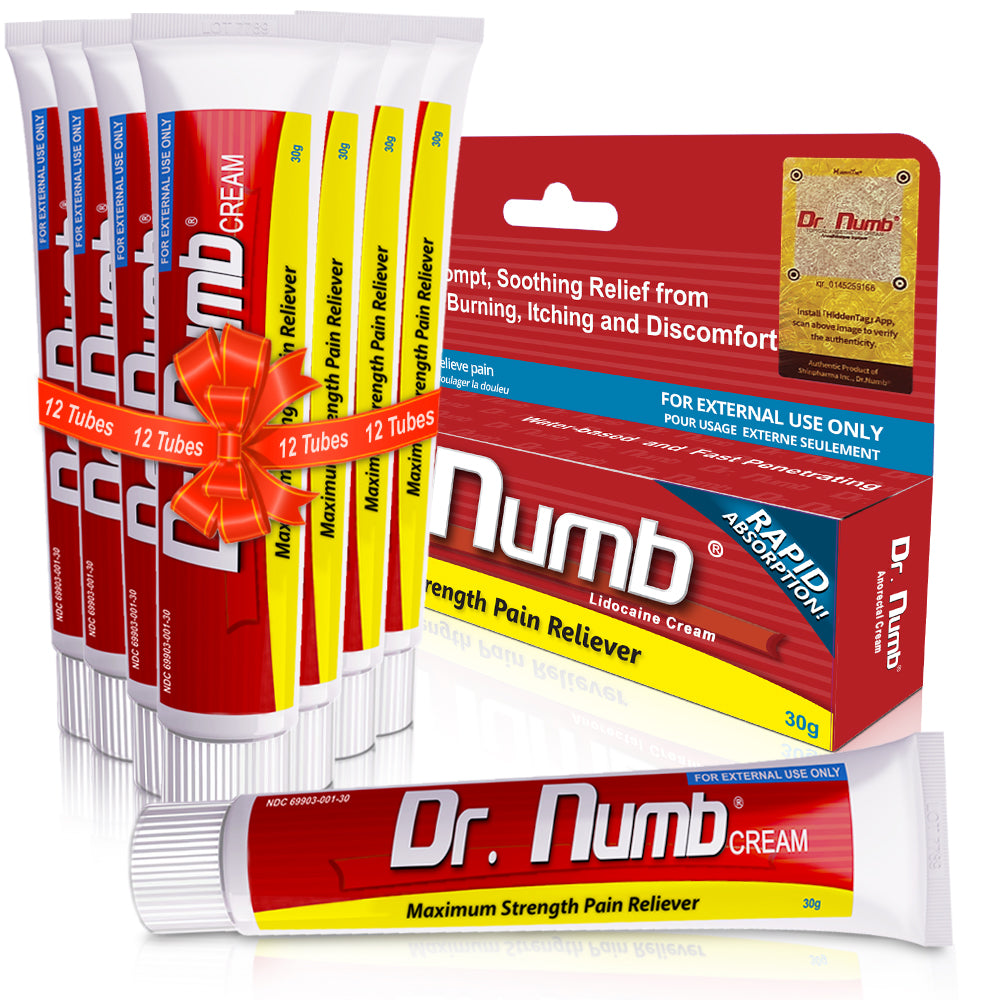Common complications post-breast reduction include open wounds, excess fluid, cellulitis, loss of sensation, asymmetry, and prominent scars. Possible allergic reactions to anesthesia are also possible. Keloid or hypertrophic scars and wound dehiscence are also concerns.
The best way to heal breast-reduction wounds is to wear a supportive bra and apply silicone treatments. Keep the area clean by washing it daily with warm water, then pat it dry gently.
Avoid using hydrogen peroxide or alcohol, and consider covering the area with a gauze bandage if needed, changing it daily.
This article discusses the different types of breast reduction scars, how they form, and the best ways to care for them. We will also discuss treatment options for those who wish to reduce the appearance of their scars.
How to Heal Breast Reduction Wounds: 19 Steps

Healing wounds successfully requires proper wound care. Our discussion will focus on how to care for breast reduction wounds properly.
Proper Wound Care: Following Your Doctor's Instructions
It will be up to your doctor to tell you how to care for your breast reduction wounds properly. Follow these instructions closely to ensure successful healing. Some standard instructions your doctor may provide include:
- Keep the dressing covering your incisions clean and dry.
- Avoiding strenuous activities for several weeks.
- Taking prescribed pain medications as directed.
- Wearing a supportive bra for a specific period.
General Tips for Taking Care of Your Wounds
Besides specific instructions from your doctor, there are some general tips for caring for breast reduction wounds effectively:
- Wash your hands before and after touching the incision area.
- Smoking can delay healing and increase complications.
- Your diet should contain enough protein to aid in healing.
- Stay hydrated by drinking plenty of water.
- Get enough rest and sleep.
Taking these steps will help your body heal faster and reduce the risk of infection.

Dressings, Bandages, and Surgical Tape to Prevent Infection
Surgical tape, dressings, and bandages are essential to post-operative wound care. They can help to protect against infection, provide support, and keep the incision area clean and dry. Here are some tips for using these items effectively:
- Change the dressing or bandage according to your doctor’s instructions.
- Ensure that the dressing or bandage covers the entire incision area.
- Avoid loosening or removing the dressing or bandageunless instructed by your doctor.
- Wash hands before and after changing the dressing or bandage.
- Using a clean towel, gently dry the area before putting on a new dressing or bandage.
Changing Dressings, Bandages, and Safe Disposal
Appropriately changing dressings and bandages is an essential part of wound care. Here's what you need to know:
- Always follow your doctor's instructions regarding dressing changes and schedule.
- Remove the dressing or bandage gently and slowly to avoid damaging the incision area.
- Use warm water and mild soap to clean the incision area.
- Pat dry with a clean, dry towel.
- Dispose of used dressings and bandages in the trash in a sealed plastic bag.
Breast Reduction Wounds: 8 Treating Options

There are several treatment options available for reducing breast reduction scars. Here are some of the most common ones:
Incorporating Silicone Sheets or Gels
Silicone sheets or gels are considered the gold standard in scar treatment. They work by keeping the wound hydrated, which creates a moisture-rich environment that helps reduce collagen production and flattens scars. Silicone sheets relieve itching and discomfort from scars, a common complaint.
Scar Massage Techniques
Scar Massage Techniques are an easy and effective way to reduce scar tissue. Massaging the scar daily helps stimulate blood flow, reduce inflammation, and soften the tissue. It's essential to massage scars gently and regularly for the best results.
Sunscreen as Scar Protection
Applying sunscreen over the incision site helps protect the scar from UV rays, which can darken spots and cause hyperpigmentation. To maintain protection, it's essential to use sunscreen daily and reapply it every 2 hours.
Steroid Injections for Scar Reduction
Steroid injections are a treatment used to significantly reduce the appearance of scars. They work by reducing inflammation and limiting collagen production. Steroid injections are recommended for patients with hypertrophic or keloid scars.

Laser Therapy for Scar Treatment
Scars can be improved with laser therapy. Collagen is produced by breaking down scar tissue. Laser therapy can be used with other scar treatments to enhance results.
Surgical Revision as a Last Resort
Surgical revision is a last resort when all other treatment options fail. It is used to remove the scar tissue and create a new incision. It's essential to approach this procedure cautiously, as it may lead to additional scarring.
Correct Use of Treatment Options
While each treatment option has its unique way of addressing scarring, there are a few things to keep in mind when using them:
- Make sure to follow the instructions provided by your doctor or practitioner.
- Don't lose patience. Scarring takes time to heal, and treatment may take several months before any improvement can be seen.
- Be consistent with treatment and use for the recommended duration.
Consult Your Doctor Before Trying Anything
It's crucial to consult with your doctor before trying any treatment option. While some of these treatments are available over the counter, it's essential to have a professional evaluate you for your particular needs.
Healing Breast Reduction Wounds: 7 Different Types

Patients can make informed decisions and achieve better results by understanding the forms scarring can take, how they develop, and how to promote healing. We will explore the different types of faults that can result from breast reduction surgery and what you can do to encourage fast and effective recovery.
Types of Breast Reduction
After a breast reduction surgery, scars are an unavoidable part of the healing process. While some scars are small and subtle, others may be larger and more noticeable. Here are the three main types of breast reduction scars.
- The Vertical Scar: This scar, also known as the "lollipop scar," resembles a lollipop. It appears around the areola and extends down to the breast crease.
- The Inverted-T Scar: Inverted-T scars are known as anchor scars. It runs along the bottom of the breast crease, up to the nipple, and then vertically down to the breast crease.
- The Periareolar Scar: This scar is circular or semi-circular and appears around the areola. It is the least noticeable of the three spots.
Varied Appearance of Scars
Breast reduction scars vary in shape, size, color, and texture. Different factors determine how a scar will look after breast reduction surgery, including:
- Genetics: Some people are more likely to form raised or noticeable scars than others.
- Skin Type: Women with darker skin tones may develop hyperpigmentation scars that appear darker than the surrounding skin.
- Infection: If a condition occurs during the healing process, it can result in a more significant scar.
- Tension: If the skin is under too much pressure during healing, it can leave a more noticeable scar.

Conclusion
Healing from breast reduction surgery requires patience, care, and attention to detail. Although scars are an inevitable part of the process, they don't have to define your post-surgical experience.
There are many practical and effective ways to minimize scarring and encourage healing, from proper wound care to specialized treatments such as silicone sheets or laser therapy. By following the tips and advice in this guide, you can embrace your scars as a sign of strength and beauty and fully enjoy the benefits of breast reduction surgery.
Remember, your body is a work in progress, and with time and care, you'll see positive results. Do not hesitate to contact your doctor or seek support from online resources and communities.




